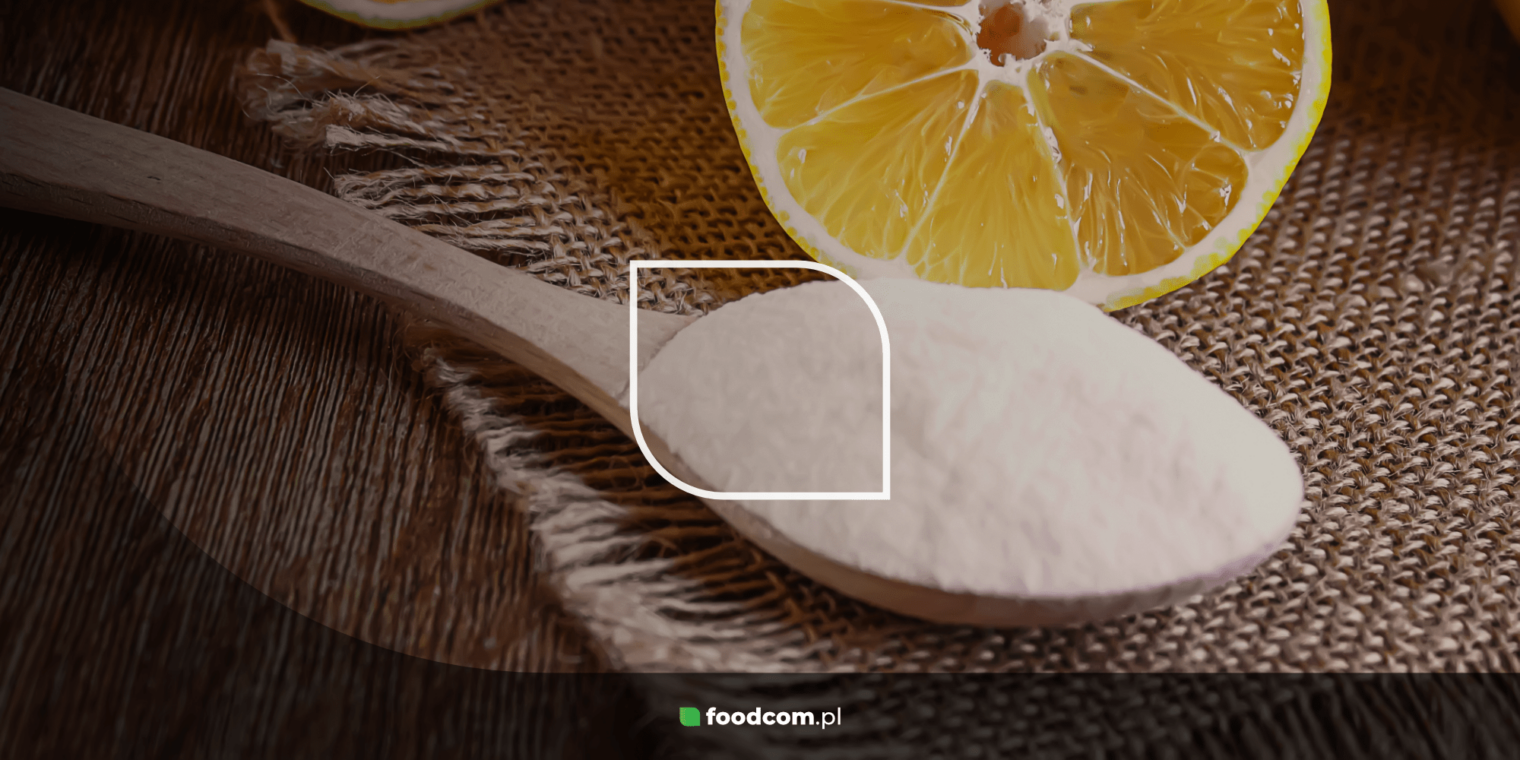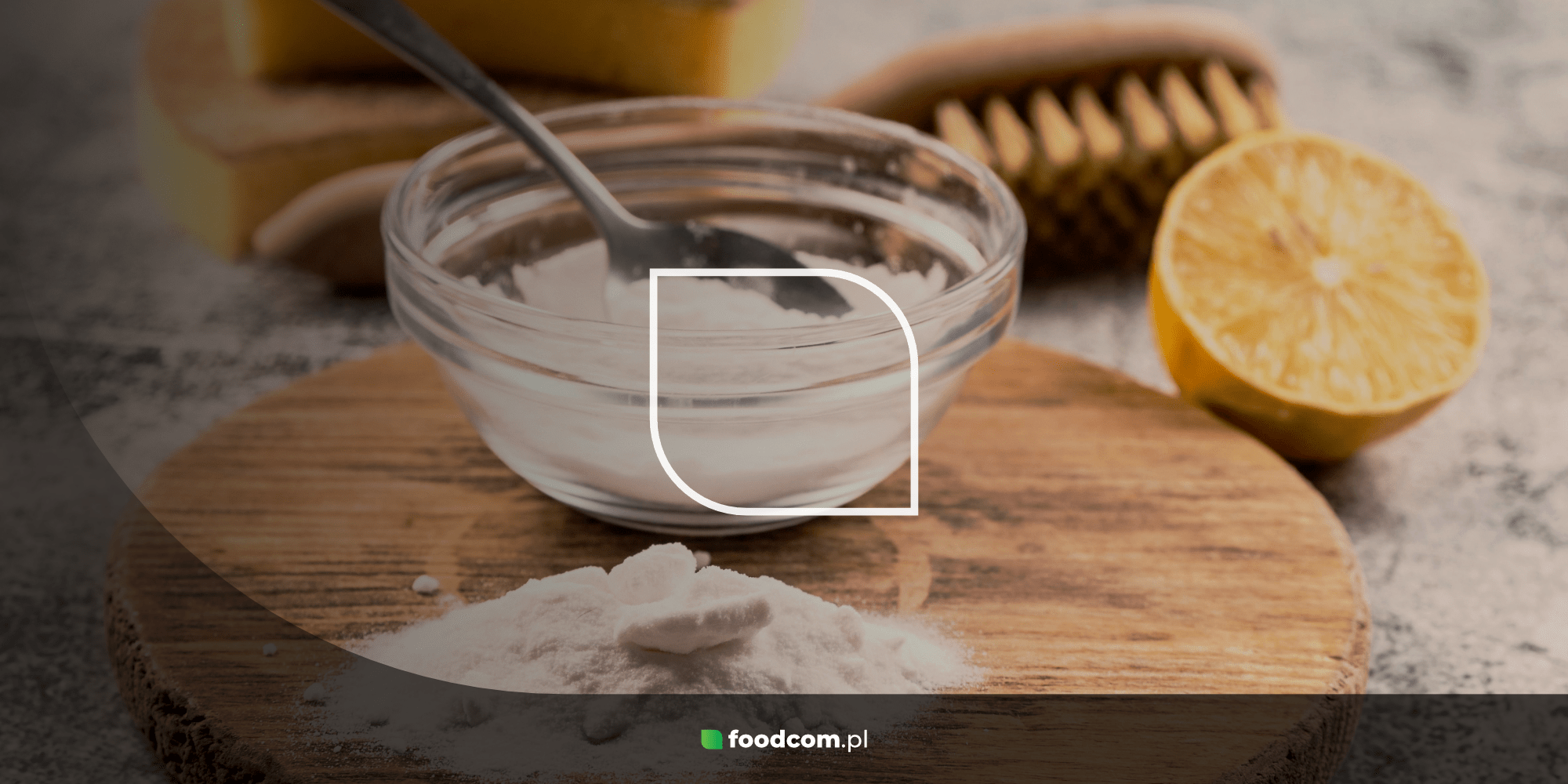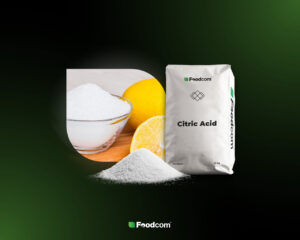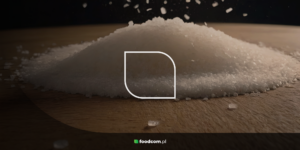- Характеристика и происхождение: лимонная кислота (E330) — это натуральное химическое соединение, содержащееся во фруктах, а также используемое в синтетическом виде.
- Свойства: понижает pH, продлевает срок хранения продуктов, обладает отбеливающим и отшелушивающим действием.
- Применение: используется в пищевой, косметической и фармацевтической промышленности, а также в качестве чистящего средства и консерванта кормов.
- Безопасность: лимонная кислота безопасна в умеренных количествах, но чрезмерное употребление может привести к раздражению.
Что такое лимонная кислота?
Лимонная кислота (E330), также известная как лимонная кислота, является органическим химическим соединением, относящимся к категории AHA, или альфа-гидроксикислот. Формула лимонной кислоты — C₆H₈O₇. Она встречается в природе не только в лимонах, как можно предположить из названия, но и в таких фруктах, как апельсины, черная смородина, клубника или ананас. Кислота также содержится в большинстве организмов — она является важным промежуточным продуктом цикла Кребса (также известного как цикл лимонной кислоты), где она выполняет важную функцию в процессе сжигания углеводов.
Она также может быть получена химическим путем — в основном путем лимонного брожения, с использованием ферментов и штаммов бактерий, чаще всего Aspergillus niger.
Свойства лимонной кислоты
Лимонная кислота встречается в виде белых кристаллов без запаха. Однако она имеет довольно выраженный кислый вкус.
Она обладает рядом полезных свойств. Во-первых, при добавлении в продукты она понижает их pH. Благодаря этому подкислению продукты хранятся дольше. Кроме того, при снижении pH витамины, микроэлементы и антиоксиданты, содержащиеся в продуктах, становятся более стабильными и лучше усваиваются. Разумеется, цитрусовая кислота также придает продуктам более кислый вкус.
Она помогает сохранить первоначальный цвет продуктов, например, овощей и фруктов. Она также обладает отбеливающим эффектом.
Лимонная кислота считается безопасным веществом. При умеренном употреблении она не вызывает никаких вредных побочных эффектов.
Применение лимонной кислоты
Она используется во многих отраслях промышленности. Благодаря своим свойствам — влиянию на pH, вкус, цвет и срок хранения продуктов — она чаще всего используется в пищевой промышленности.
Лимонная кислота также используетсяв косметике благодаря своим отшелушивающим, осветляющим и pH-регулирующим свойствам, которые помогают улучшить состояние кожи, уменьшить появление пятен и способствуют ее увлажнению. Кроме того, она используется в производстве чистящих средств и в фармацевтической промышленности в качестве добавки к лекарствам, где выступает в качестве буферного вещества, поддерживающего их эффективность.
Кроме того, лимонная кислота нашла свое применение в кормах для животных — она оказывает консервирующее действие на корм, а также улучшает усвоение фосфора и вкусовые качества корма, что, в свою очередь, приводит к увеличению его потребления.
Лимонная кислота в продуктах питания
Пищевая добавка, на этикетках она обозначается как E330. Она отлично продлевает срок хранения продуктов и помогает сохранить их цвет. Конечно, она также позволяет продуктам сохранять нужную кислотность и является отличным консервантом. Кроме того, она обладает вяжущими и загущающими свойствами, поэтому ее добавляют в соусы, джемы и желе.
Лимонная кислота также используется в кондитерской и хлебопекарной промышленности: ее добавляют в пищевую соду в качестве разрыхлителя для тортов. Как подкислитель, она также является важным ингредиентом при производстве сыра, пива и вина.
Лимонная кислота встречается не только в продуктах питания для людей, но и в кормах для животных. Добавка этого ингредиента положительно влияет на повышение производительности и минерализацию костей у бройлеров, а также на улучшение роста поросят-отъемышей. Благодаря добавлению лимонной кислоты корм не только дольше остается свежим, но и становится более вкусным, что повышает его потребление и привесы животных.
Лимонная кислота в косметике
Самое популярное свойство лимонной кислоты, используемое в косметике, — это ее способность отбеливать эпидермис. Именно поэтому ее можно встретить в качестве ингредиента в средствах для людей с обесцвеченной и неровной кожей.
Лимонная кислота также проявляет свое действие на кожу в профилактике старения, помогая разгладить морщины — она влияет на количество содержащихся в коже гликозаминогликанов, функция которых заключается в заполнении межклеточных пространств. Благодаря этому кожа остается увлажненной и упругой.
Она также обладает мягким отшелушивающим эффектом, поэтому входит в состав скрабов, усиливая действие других кислот. Ее можно использовать в средствах по уходу за волосами — снижение pH делает волосы менее пушистыми, более блестящими и гладкими.
Лимонная кислота в фармацевтической промышленности
Лимонная кислота находит широкое применение в фармацевтической промышленности, где она используется в основном как буферное и стабилизирующее вещество , а также как регулятор кислотности. Благодаря своим pH-регулирующим свойствам она используется в различных лекарственных формах, таких как пероральные препараты, глазные капли и инъекционные растворы, для поддержания их химической стабильности и повышения биодоступности активных ингредиентов. Кроме того, лимонная кислота выступает в качестве консерванта, защищая фармацевтические продукты от размножения микроорганизмов и продлевая срок их хранения. Ее способность связывать ионы металлов, благодаря своим хелатным свойствам, предотвращает негативное воздействие этих ионов на активные вещества лекарств. Таким образом, лимонная кислота поддерживает эффективность и долговечность многих медицинских препаратов, делая их более безопасными и действенными.
Лимонная кислота как средство для удаления накипи и очистки
Помимо того, что лимонная кислота входит в состав косметики и продуктов питания, она также является популярным чистящим средством, которое используется в каждом доме. В виде порошка она идеально подходит для очистки различных поверхностей, а также для удаления накипи в чайниках и других приборах. Для эффективного удаления накипи достаточно добавить несколько чайных ложек лимонной кислоты, залить водой, а затем прокипятить воду в чайнике — в результате накипь растворится, а прибор останется чистым и готовым к дальнейшему использованию. Ее также можно использовать для очистки посуды от накипи и в качестве ингредиента для чистящих средств. Благодаря своему универсальному действию по очистке и удалению накипи она ценится в каждом доме, как для поддержания чистоты посуды, так и для эффективного удаления налета.
Вредность лимонной кислоты
Кислота признана безопасным веществом для использования в пищевой, косметической и фармацевтической промышленности при условии, что она применяется в умеренных количествах. Однако чрезмерное употребление может привести к некоторым проблемам со здоровьем, таким как раздражение слизистых оболочек, особенно у чувствительных людей. При попадании в глаза кислота может вызвать жжение и покраснение. Проглатывание слишком большого количества E330 может привести к раздражению желудочно-кишечного тракта, вызывая боль в животе или дискомфорт. У людей с чувствительной кожей лимонная кислота в высоких концентрациях может вызывать раздражение, поэтому стоит проявлять осторожность при использовании косметики с ее содержанием, особенно если ваша кожа склонна к аллергии или повреждениям.
Наша служба поддержки продаж помогает нашим бизнес-партнерам эффективно и результативно проводить деловые операции, обеспечивая высочайшее качество обслуживания для всех наших бизнес-партнеров. Наша команда логистов позаботится о транспортировке, а наш финансовый отдел будет отвечать за все вопросы, связанные с финансовой частью сделки.










